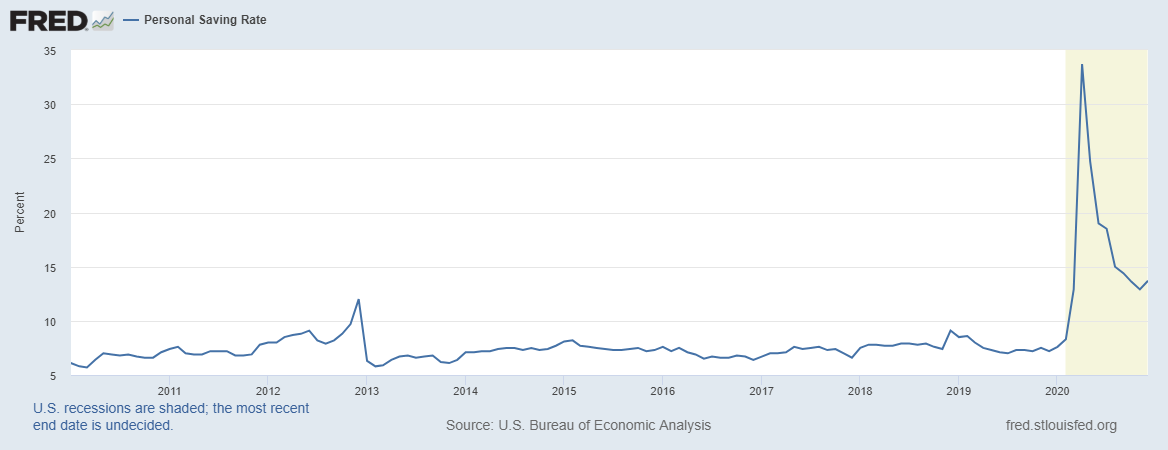3 Factors Weigh on the Economic Recovery

The COVID-19 pandemic continues to set the course for the global economy. It has been the most influential economic factor for nearly a year.
“A surge in the virus towards the end of last year left a noticeable impact, slowing consumption and stalling the recovery in the labor market,” says Esther George, president and CEO of the Federal Reserve Bank of Kansas City. “It is encouraging that this latest wave of cases appears to have crested and that the pace of vaccination has accelerated. But it also remains clear that we are not out of the woods yet.”
George spoke on Feb. 25 during the Online Top Producer Summit.
“Though we remain short of where we would like to be, the stage is set for a strong recovery once widespread vaccination is achieved,” George says.
The strength and timing of the economic recovery, she says, are contingent on three uncertain factors:
- The pace and effectiveness of vaccination.
- The outlook for further fiscal stimulus.
- How households run down the savings they have accumulated during the crisis.
Vaccination Rollout
In terms of the vaccination, George expects a strong rebound in demand once the virus is suppressed. That demand rebound will likely hit the sectors most afflicted by the pandemic, including travel, live entertainment and restaurants.
“The faster and more effective the vaccination program, the greater the prospects for a faster and stronger economic recovery,” she says.
Fiscal Support
The second factor, fiscal support, has been essential for maintaining economic activity through the pandemic, George says.
“The Paycheck Protection Program has provided significant support to small businesses, allowing many to avoid the cost and disruption of bankruptcy or closure,” she says. “Transfer payments to households and enhanced unemployment benefits have supported consumer spending, especially at businesses relatively insulated from the direct effects of the pandemic.”
Since the economy is still suffering from the pandemic’s effects, George says, previously enacted fiscal measures continue to play an important role in supporting growth.
“Further fiscal stimulus, as is currently being discussed, would undoubtedly accelerate growth,” she says. “However, by exactly how much is uncertain. The package being discussed is heavily weighted towards transfer payments, to households and state and local governments. Similar to the previous rounds of fiscal support, a substantial portion of these transfers could be saved rather than spent immediately.”
Household Spending
The third factor at play is how American households will treat the excess savings that they have accumulated during the pandemic. The personal saving rate reached record highs in 2020. This was partly as a consequence of restrictions on activity, George says.
“Though it has since fallen back, the saving rate remains about twice as high as it was prior to the pandemic,” she says. All told, it has been estimated “over the past year households have increased their savings (or paid down their debt) by about $1.5 trillion relative to normal levels.”
This improvement in household finances is atypical coming out of a recession, and it puts households in a strong position to resume spending once the pandemic’s economic grip lessens.
“However, given the shock that the pandemic has delivered to the economy and households, there is some uncertainty as to how quickly or forcefully households will want to run off their savings buffer or resume accumulating debt,” George says. “If households remain relatively cautious given a new understanding of possible health and economic risks, the recovery will be slower and lengthier.”
You can still register for the Online Top Producer Summit, which gives you access to content through March 31. Use the code “ONDEMAND” to take $25 off your registration fee.
Read more coverage of the Top Producer Summit.








